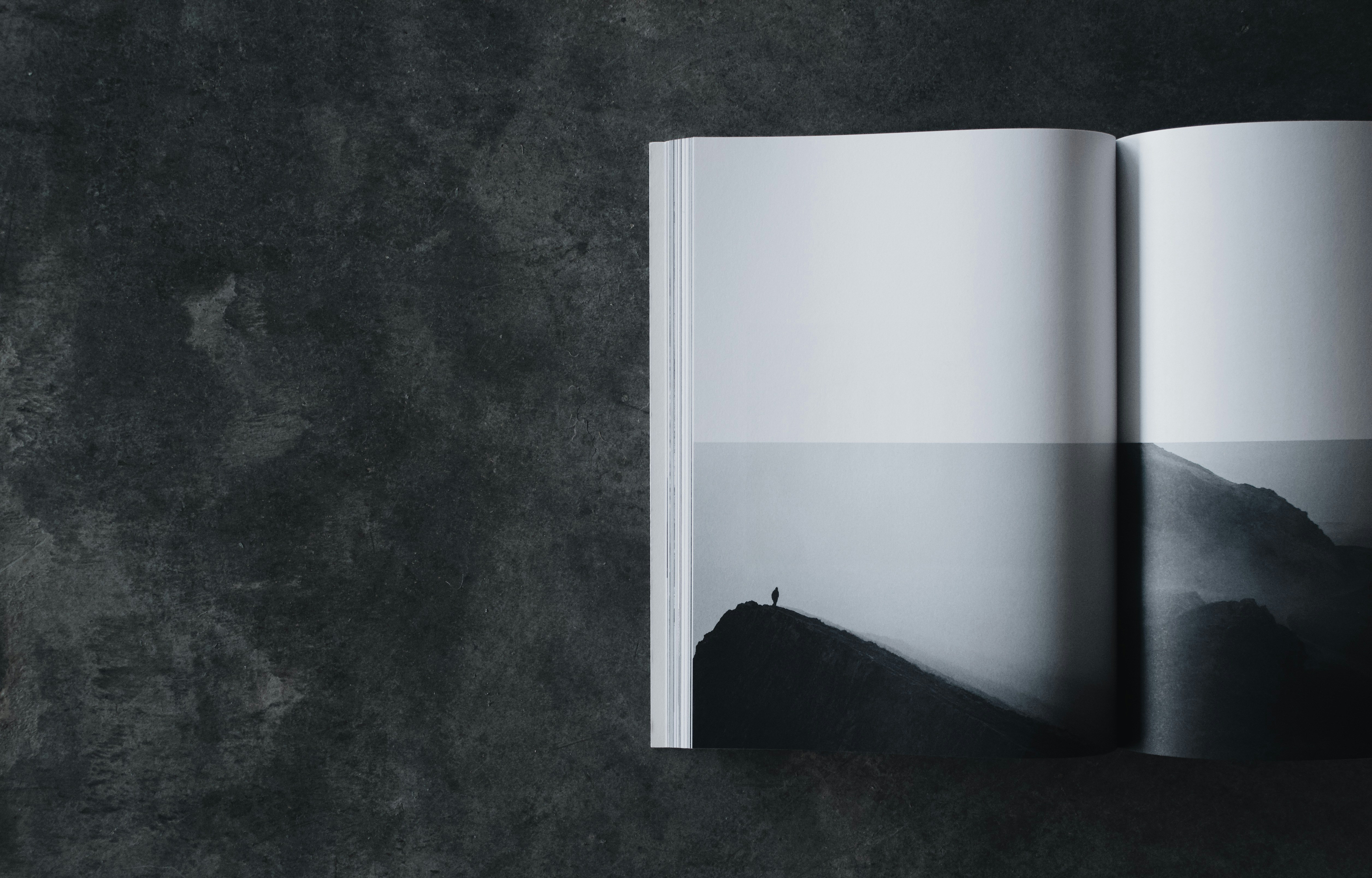Nobel Laureate László Krasznahorkai: Architect of the Apocalyptic World Who Builds Meaning from Ruin


Associative photo ("Unsplash")
On 9 October, the Swedish Academy announced that the 2025 Nobel Prize in Literature had been awarded to Hungarian writer László Krasznahorkai. As every year, the laureate was revealed at the historic Stockholm Stock Exchange Building (Börshuset). According to the Nobel Committee, Krasznahorkai was honoured ‘for his compelling and visionary oeuvre that, in the midst of apocalyptic terror, reaffirms the power of art’. Lina Buividavičiūtė, lecturer, literary scholar, and poet from the Kaunas Faculty of Vilnius University (VU), describes him as an exceptional author.
The genius of his language
‘To be honest, I’ve never read anything comparable. His sentences can stretch across a third or even half a page, weaving together a surreal yet tangible reality, allegory, metaphor, dark irony, a vision of an apocalyptic world, and stark realism – all merging into one seamless, unforgettable whole,’ noted Lina Buividavičiūtė.
According to the literary scholar, the chronotope that Krasznahorkai creates demands precisely this kind of narrative approach: ‘The crumbling, apocalyptic, feverish, raw, and darkly ironic world of his books is, first and foremost, a world of language; a fiction that is both realistic and estranged, and perhaps even more important than what the stories are about (their content) is how they are told – Krasznahorkai not only draws on existing linguistic resources but also creates new ones, breaking and building, transforming and preserving. I believe this Hungarian author masterfully crafts the language of his books, building it around the worlds he seeks to depict’.
Buividavičiūtė recalls translator Vitas Agurkis’s impressions when he worked on ‘Az ellenállás melankóliája’ (‘The Melancholy of Resistance’), as quoted in a 2017 interview with Dr Jurgita Katkuvienė published by ‘15min’: ‘First of all – the text itself. It contains the tiniest details, where the life of a small provincial town intertwines with apocalyptic visions. Everything is fused together in a single sentence, yet, in my view, beautifully unified. When you enter that text, you can’t tell when you’re simply walking through the town and when the hallucinations begin; you don’t know whether it’s the author’s or your own mind that’s starting to unravel. You simply don’t know what’s happening’.
Allegories that create worlds
The prose of the Hungarian writer is deeply rooted in allegory, with his texts functioning as metaphorical structures in which physical and political landscapes reflect inner and existential states. When awarding him the prize, the Nobel Committee emphasised how Krasznahorkai’s creative work demonstrates the ability of art to preserve meaning in the face of collapse. This suggests that through multilayered allegory, art itself becomes a form of survival and resilience.
‘As David Auerbach noted in his article ‘The Mythology of László Krasznahorkai’, ‘In the post-war years, many European authors, especially those from Communist states, engaged in surrealism, parable, and allegory as a way of containing the mid-century chaos that spilt over from the war, where the psychology and rationality of modernism no longer seemed capable of fighting the irrationality of Nazism and Communism’. Moreover, allegory, at least for me as a reader, always leaves the space that’s so essential – a gap in which silence, yet also eloquence and testimony, compels the mind and imagination to work,’ said the VU lecturer.
A masterful witness to darkness
While critics often describe László Krasznahorkai as a successor to Franz Kafka or Fyodor Dostoevsky, Buividavičiūtė notes that his works belong to a different era – the postmodern fragmented world where existential tension shifts from the metaphysical to the realms of political and everyday absurdity.
‘In my view, the Nobel laureate leaves little room for hope in his writing – you never know when the circus will come to town again, bringing some new exhibit, perhaps a stuffed whale, setting off a collapse that had long been germinating in people’s minds or subconscious. How capable am I of resisting absurdity, the ‘plague bacillus’ (to echo Albert Camus), or am I merely a pawn of history that remains powerless as heads, including my own, begin to roll? Yet art still has the power to build structure from destruction. Though Krasznahorkai’s texts testify to darkness, that darkness is rendered with extraordinary skill and force. The apocalyptic world becomes a work of art,’ asserted the scholar.
Lina Buividavičiūtė admits she often quietly wonders what determines the choice of a particular Nobel laureate. And while Krasznahorkai’s world is steeped in collapse and anxiety – existential states deeply familiar to contemporary Europe – the literary researcher believes that what truly earned him this recognition is not just the relevance of his themes but the language itself: its intensity, rhythm, and exceptional mode of creation.